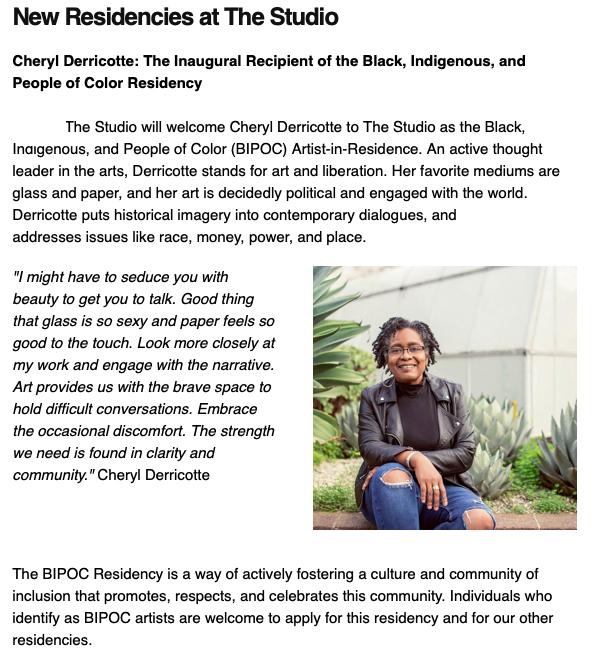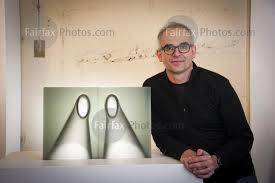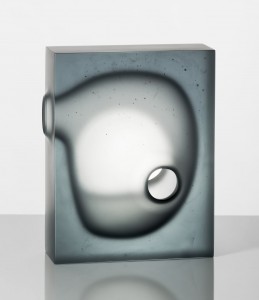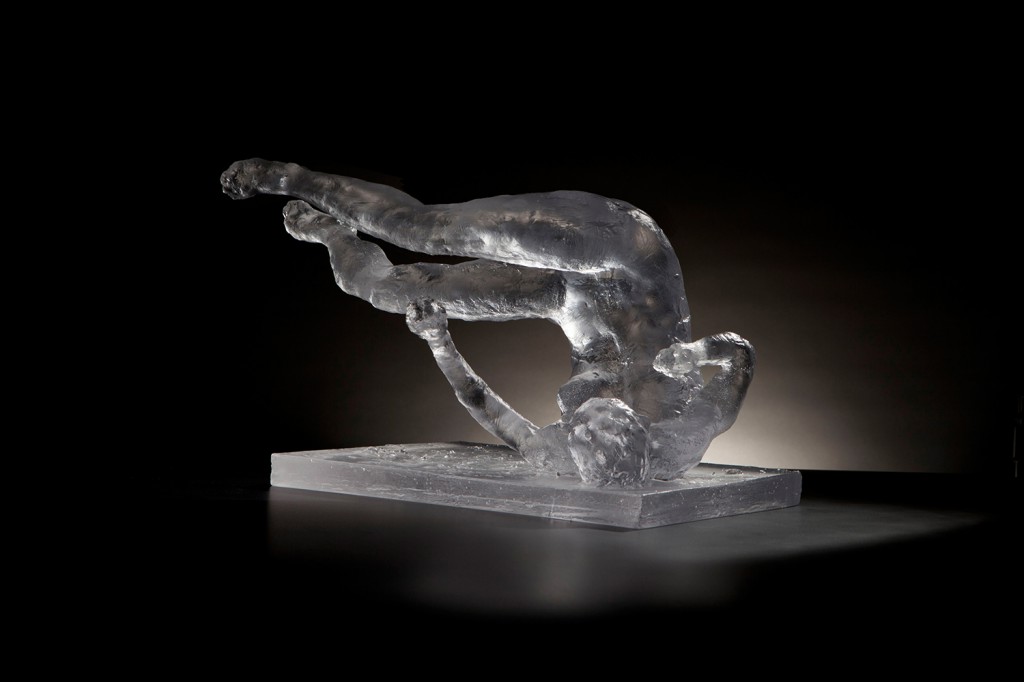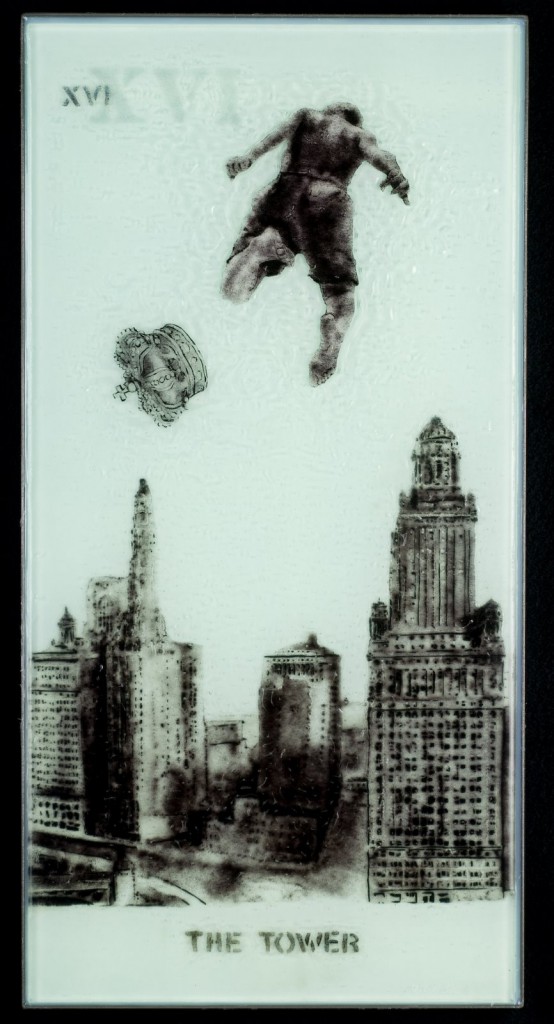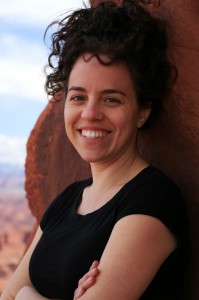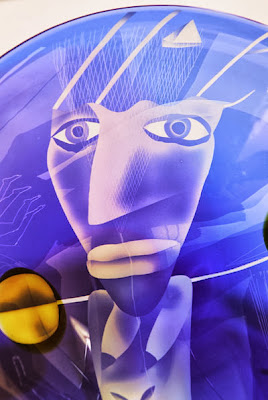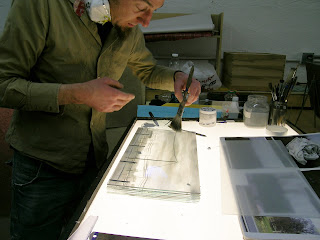>
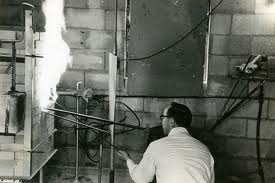
In 1962, two groundbreaking workshops led by artist Harvey K. Littleton and glass scientist Dominick Labino introduced artists to the material of glass as a medium for artistic expression. Littleton and Labino presented their development of a small, portable furnace and low temperature melting-point glass, providing artists access to glass and glassblowing techniques for the first time. These workshops kickstarted the Studio Glass movement, which emphasized the artist as designer and maker, with a focus on making one-of-a-kind objects.
In celebration of the 50th anniversary of the American Studio Glass movement, in 2012, a number of museums will be mounting exhibitions on the history and origins of the movement.
The Corning Museum of Glass has two exhibitions that opened November 17, 2011 and will run through January 6, 2013.
In the Spring 2012: Chazen Museum of Art (University of Wisconsin, Madison) has an exhibition planned, and there is an exhibition planned for November 2, 2012 thru December 21, 2012 at the: Visual Arts Center of Richmond (Richmond, Virginia)

The man called the father of the Studio Glass Movement was not at first a glass artist. Littleton was born in 1922 and raised in Corning, New York. Throughout his childhood, he had many opportunities to observe glassworking processes and to learn about the properties of glass at the Corning Glass Works. His father, Dr. Jesse T. Littleton, known as J.T., was an expert in the infrared properties of silicon and the first physicist to join the newly established research team at Corning Glass Works headed by Dr. Eugene C. Sullivan.
J.T. Littleton often discussed the properties of glass as dinnertime conversation, and Saturday morning visits to the glassworks were routine for Littleton when he was young. In 1936, he and his brothers witnessed, with his father and many others, the dramatic failure of the first casting of the 200-inch mirror for the Hale Telescope at Mount Palomar in California.
Littleton’s mother, Bessie Cook Littleton, was instrumental in developing Corning’s Pyrex cookware. J. T. Littleton had the idea that Corning’s low-expansion borosilicate glass, which had been developed for use in battery jars (used in rural areas before widespread electrification), could be used for cooking. He took home a battery jar that had been cut into a round, shallow pan, and he convinced his wife to bake a cake in it. Her success led to the development of Corning’s Pyrex housewares.
After receiving a master of Fine Arts from Cranbrook Academy of Arts Harvey Littleton embarked on the career of potter. Littleton received recognition for his work as a ceramicist in a national exhibition sponsored by the American Crafts Council at the First International Exposition of Ceramics in Cannes, France.
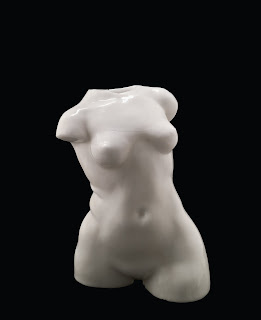
In 1959 he began to investigate the possibility of glass as a medium, and in 1960 had melted glass and cold-worked lumps of cullet. In the summer of 1962 the Toledo Museum of Art invited Littleton to lead a glassblowing workshop. It was in that seminar that Littleton introduced the idea that glass could be mixed and melted, blown and worked in the studio by the artist. Up to that time it was widely believed that glass objects could only be made in the highly structured, mass-produced world of the glass industry where the labor of making glass is divided between designers and skilled craftsmen.
With Littleton’s active encouragement and promotion, glass programs sprang up at universities, art schools, and summer programs across the country during the late 1960s and early 1970s; and the Studio Glass movement became an international phenomenon. What began fifty years ago as a small group of artists who shared an interest in glass as an artistic material has grown into an international community of thousands.”
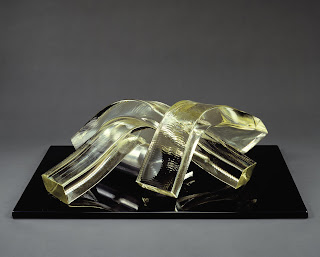
In 1984, his daughter, Maurine Littleton opened an art gallery committed to artists working in glass and ceramics in Washington DC’s historic Georgetown neighborhood.
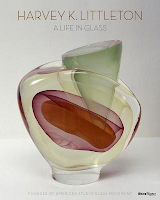
Rizzoli Publications
Maurine advised on Joan Falconer Byrd‘s new book : “Harvey K Littleton: A Life in Glass” – This new book has many previously unpublished archival photographs and a detailed chronology. Images and the history of Littleton’s early ceramic and glass vessels and his richly colorful glass sculptures, among them the late “Lyrical Movement” series are detailed in this beautifully designed book. The book includes work by his close friend and European counterpart Erwin Eisch and his former student and much-celebrated glass artist Dale Chihuly.
Below is “Pioneers of Studio Glass” – a video that was produced by WGTE Public Media for the Art Alliance for Contemporary Glass. It is a fascinating look at the 1962 Toledo Workshops where Harvey Littleton and Dominick Labino first experimented with making glass outside of the factory setting.
Pioneers of Studio Glass from corecubed on Vimeo.
